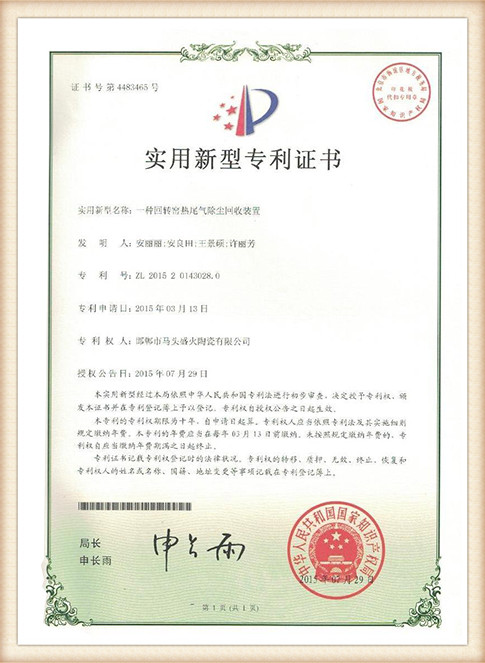Sand Castings An Overview
Sand casting, one of the oldest and most versatile manufacturing processes, has played a pivotal role in the development of various industries. This technique involves using sand as a mold material to form metal parts. Its simplicity, cost-effectiveness, and adaptability make it an attractive option for producing a wide range of components, from small precision parts to large industrial equipment.
The Process of Sand Casting
The sand casting process begins with creating a pattern, which is a replica of the object to be cast. Patterns can be made from various materials, including wood, metal, or plastic, and they are designed slightly larger than the final product to account for metal contraction during cooling. The pattern is then placed inside a mold box, which is filled with a mixture of sand and a bonding agent, typically clay.
Once the mold is formed, the pattern is removed, leaving a cavity in the sand. This cavity serves as the mold for the liquid metal. Next, the molten metal is poured into the cavity, filling it and taking the shape of the pattern. After the metal cools and solidifies, the sand mold is broken away to reveal the finished casting. This final component can then undergo further processing, such as machining, to meet specific tolerances and surface finish requirements.
Advantages of Sand Casting
One of the main advantages of sand casting is its ability to accommodate complex geometries and large sizes. Unlike other casting methods, such as die casting or investment casting, sand casting can easily adapt to intricate designs without requiring specialized tooling. This flexibility makes it a popular choice in industries that need customized components in low to mid-volume production runs.
Another advantage is the relatively low cost of materials and setup. Sand is abundant and inexpensive, making it an economical choice for many manufacturers. Additionally, the process does not require extensive machinery, allowing smaller foundries to compete with larger manufacturers.
Sand casting also offers excellent material versatility. A wide variety of metals can be cast using this method, including iron, aluminum, bronze, and steel. This adaptability allows for its use in various applications, from automotive and aerospace to art and sculpture.
sand castings

Challenges and Limitations
Despite its advantages, sand casting also has some challenges. One of the primary concerns is the surface finish. Parts produced using sand casting may require additional finishing processes to achieve the desired surface quality. This factor can increase the overall cost and lead time for production.
Another limitation is the dimensional accuracy. Sand molds are less precise than those made from other materials, which can result in variations in the final product’s size and shape. This issue is particularly significant in applications that require tight tolerances.
Furthermore, the pattern-making process can be time-consuming and labor-intensive, especially for complex designs. While advancements in technology have led to improvements in pattern production, such as computer-aided design (CAD), manufacturers still face challenges in balancing efficiency and quality.
Applications of Sand Casting
Sand casting is employed in a multitude of industries due to its versatility and cost-effectiveness. In the automotive sector, it is commonly used to produce engine blocks, transmission cases, and various other components. The aerospace industry also relies on sand casting to create intricate parts that must withstand high temperatures and mechanical stresses.
Moreover, sand casting finds applications in the production of art pieces and sculptures. Artists and sculptors often use sand casting to bring their ideas to life, creating unique works that range from small to monumental sizes.
Conclusion
In conclusion, sand casting remains a fundamental manufacturing process with a rich history and a diverse range of applications. Its ability to produce complex shapes at a relatively low cost makes it an appealing option for many industries. While challenges such as surface finish and dimensional accuracy persist, ongoing advancements in technology are helping to address these issues. As industries continue to evolve, sand casting will likely adapt and thrive, ensuring its place in the future of manufacturing.
Post time:10月 . 10, 2024 23:40
Next:Resin Bonded Sand Casting Techniques for Enhanced Quality and Precision in Metal Casting
